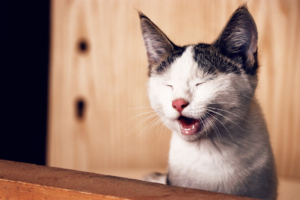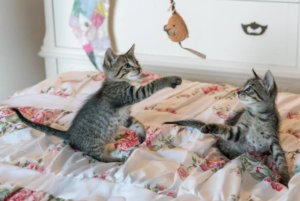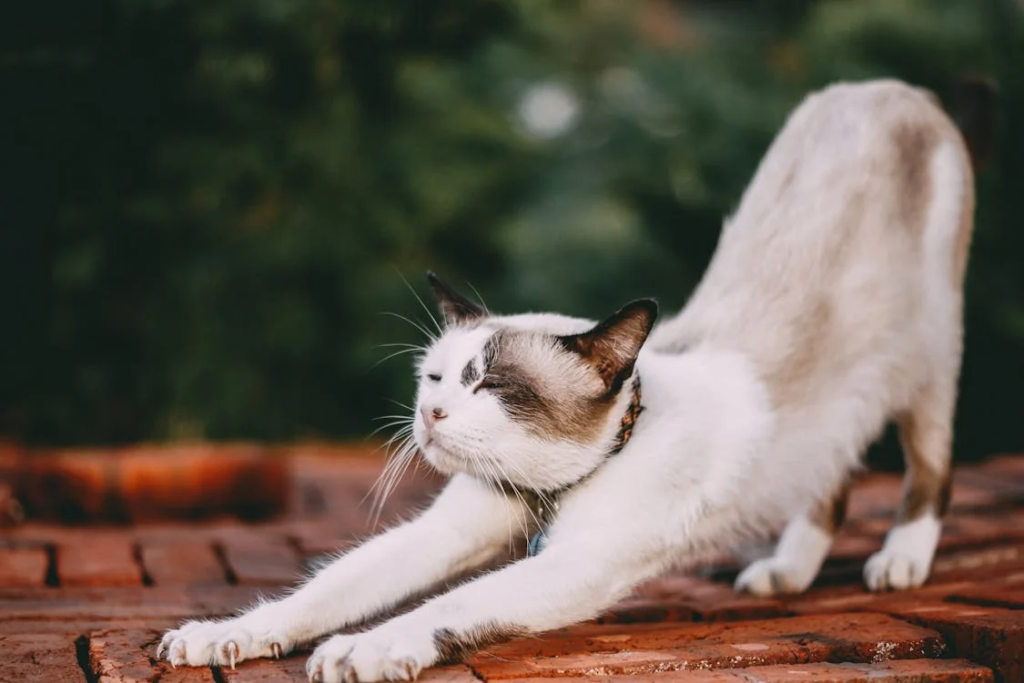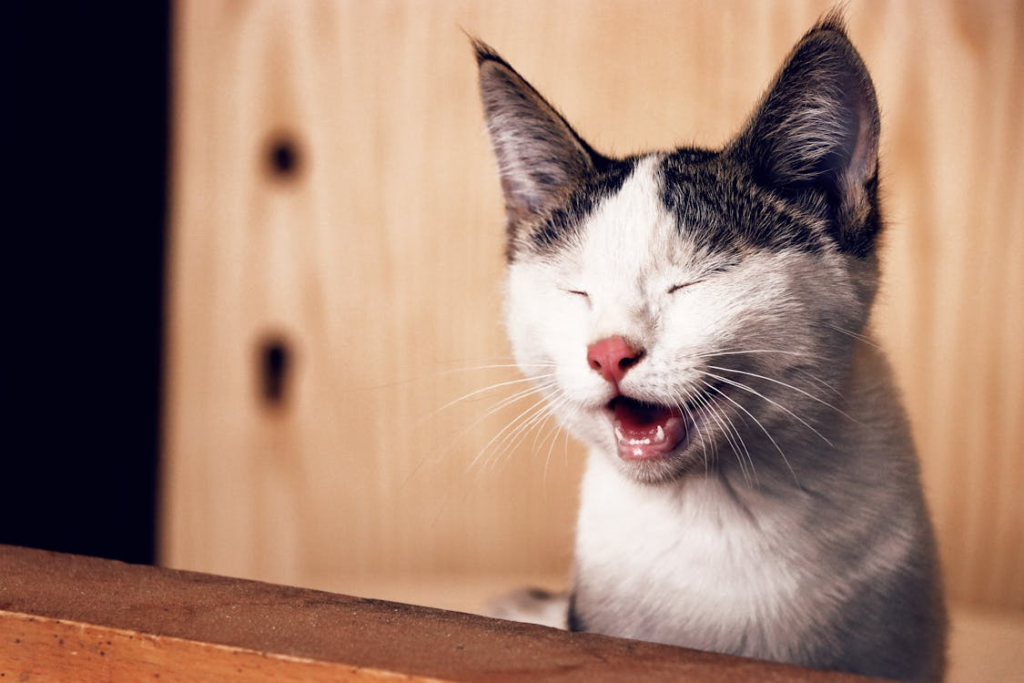Is your feline friend sniffling, sneezing, and looking under the weather? You might be dealing with an upper respiratory infection (URI) in cats. Don’t worry, though – we’ve got you covered! In this blog post, we’ll dive into the world of cat colds, exploring everything from symptoms to treatment options. So grab a cup of tea, cuddle up with your kitty, and let’s unravel the mysteries of feline URIs together.
What exactly is an upper respiratory infection in cats?
Think of it as a cat cold! URIs are infections that affect a cat’s nose, throat, and sinuses. They’re usually caused by viruses, but sometimes bacteria can join the party too. The most common culprits are feline herpesvirus and feline calicivirus.
How can I tell if my cat has a URI?
Keep an eye out for these telltale signs:
- Sneezing (sometimes in adorable little fits!)
- Runny nose or eyes
- Coughing or wheezing
- Loss of appetite
- Fever
- Lethargy (your usually playful kitty might become a couch potato)
Are some cats more likely to catch a URI?
You bet! Kittens, senior cats, and those with weakened immune systems are more susceptible. Stressed-out kitties and those living in crowded environments (like shelters) are also at higher risk. In fact, studies show that up to 30% of cats in shelters may develop URIs!

Can my cat give me their cold?
Good news – you won’t catch your cat’s URI! These infections are species-specific, so you can snuggle your sick kitty without worry. However, if you have multiple cats, the infection can spread between them.
How are URIs in cats treated?
Treatment depends on the severity of the infection:
- Mild cases: Rest, TLC, and keeping your cat’s nose and eyes clean
- Moderate cases: Your vet might prescribe antibiotics or antiviral medications
- Severe cases: Hospitalization for fluid therapy and supportive care
Can I prevent my cat from getting a URI?
While you can’t bubble-wrap your kitty, you can reduce the risk:
- Keep your cat’s vaccinations up to date
- Minimize stress in your cat’s environment
- Maintain good hygiene (clean litter boxes, food bowls, etc.)
- Isolate new cats before introducing them to your household
How long does it take for a cat to recover from a URI?
Most cats bounce back within 7-10 days with proper care. However, some kitties might become carriers and experience occasional flare-ups throughout their lives.
Interesting fact: Did you know that about 80-90% of cats are exposed to URI-causing viruses at some point in their lives? That’s why prevention and early treatment are so important!
Conclusion:
Upper respiratory infections might be common in cats, but armed with this knowledge, you’re well-equipped to keep your feline friend healthy and happy. Remember, if you suspect your cat has a URI, it’s always best to consult with your vet for proper diagnosis and treatment. After all, a healthy kitty is a happy kitty – and that means a happy you!
1: Feline Rhinitis and Upper Respiratory Disease 2: Spay Neuter Clinic – Feline Upper Respiratory Infection








